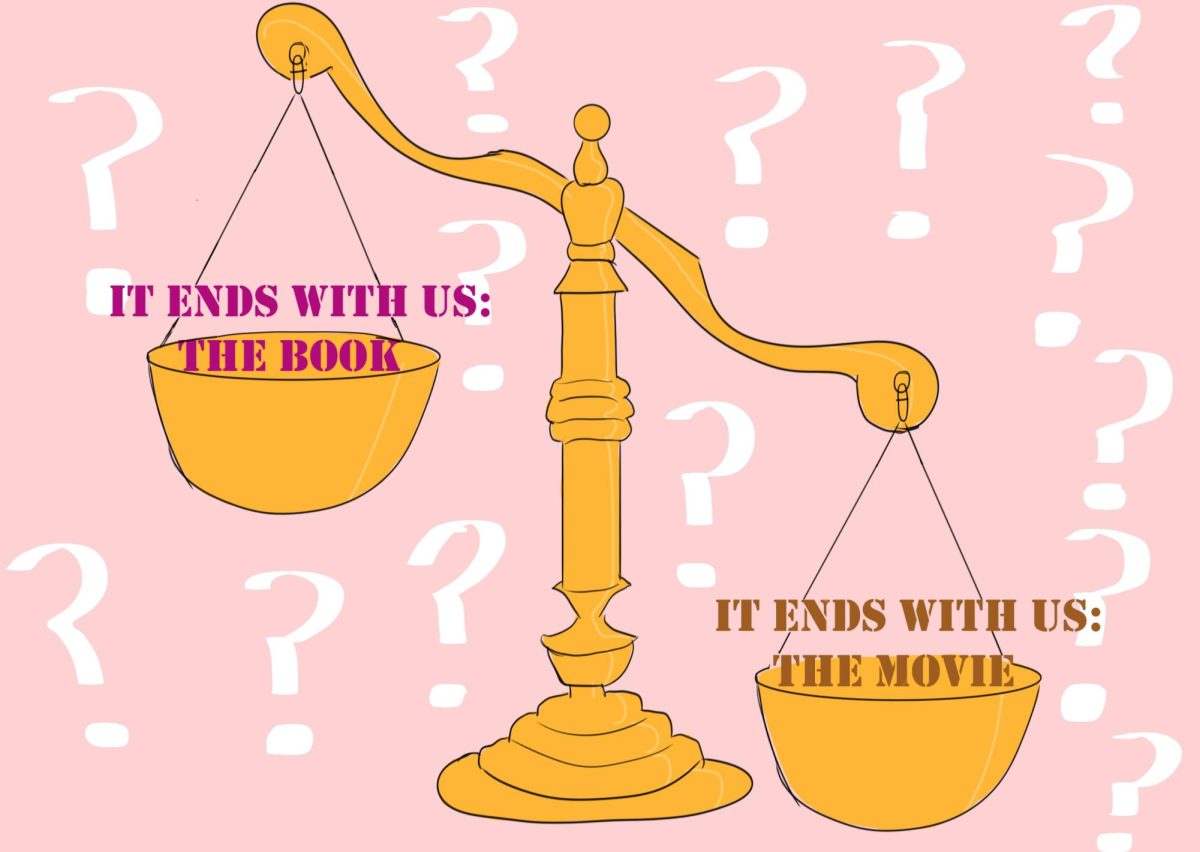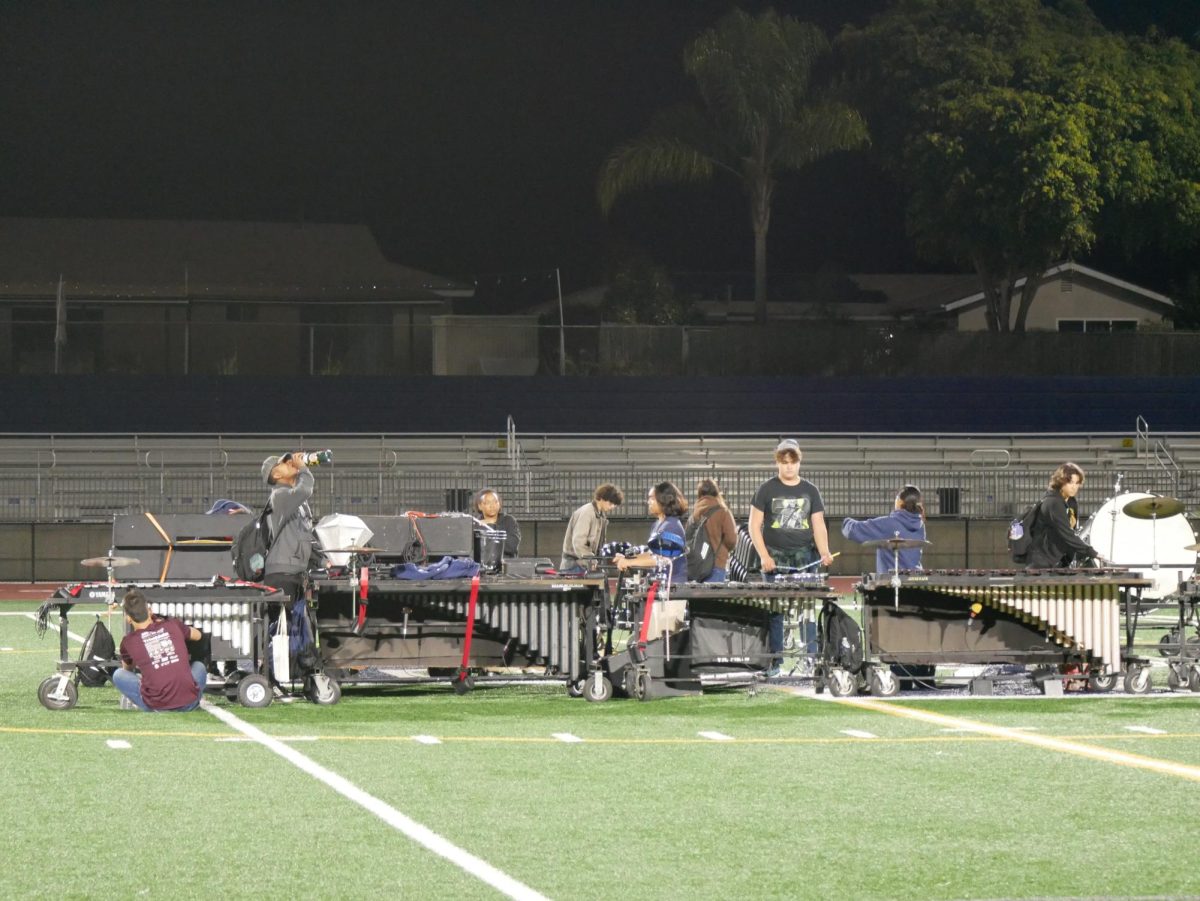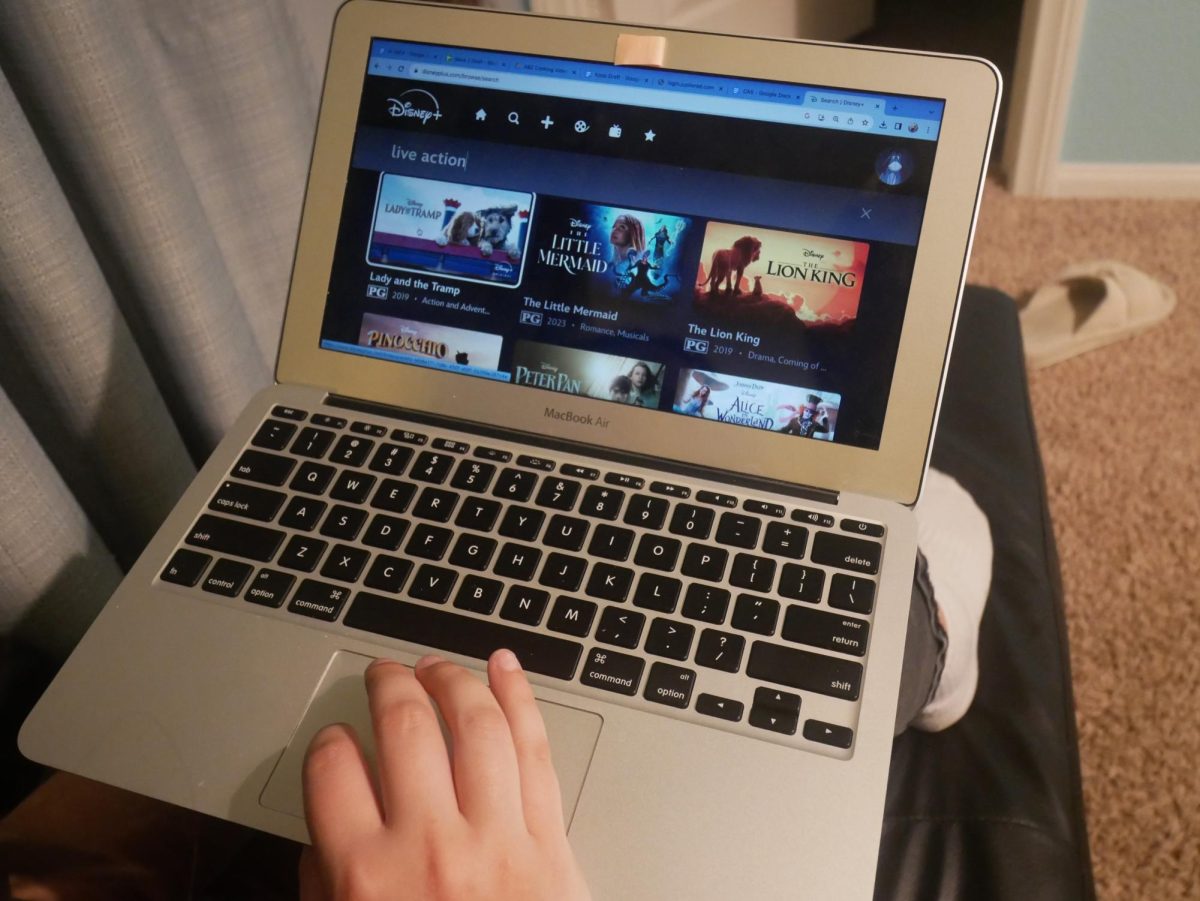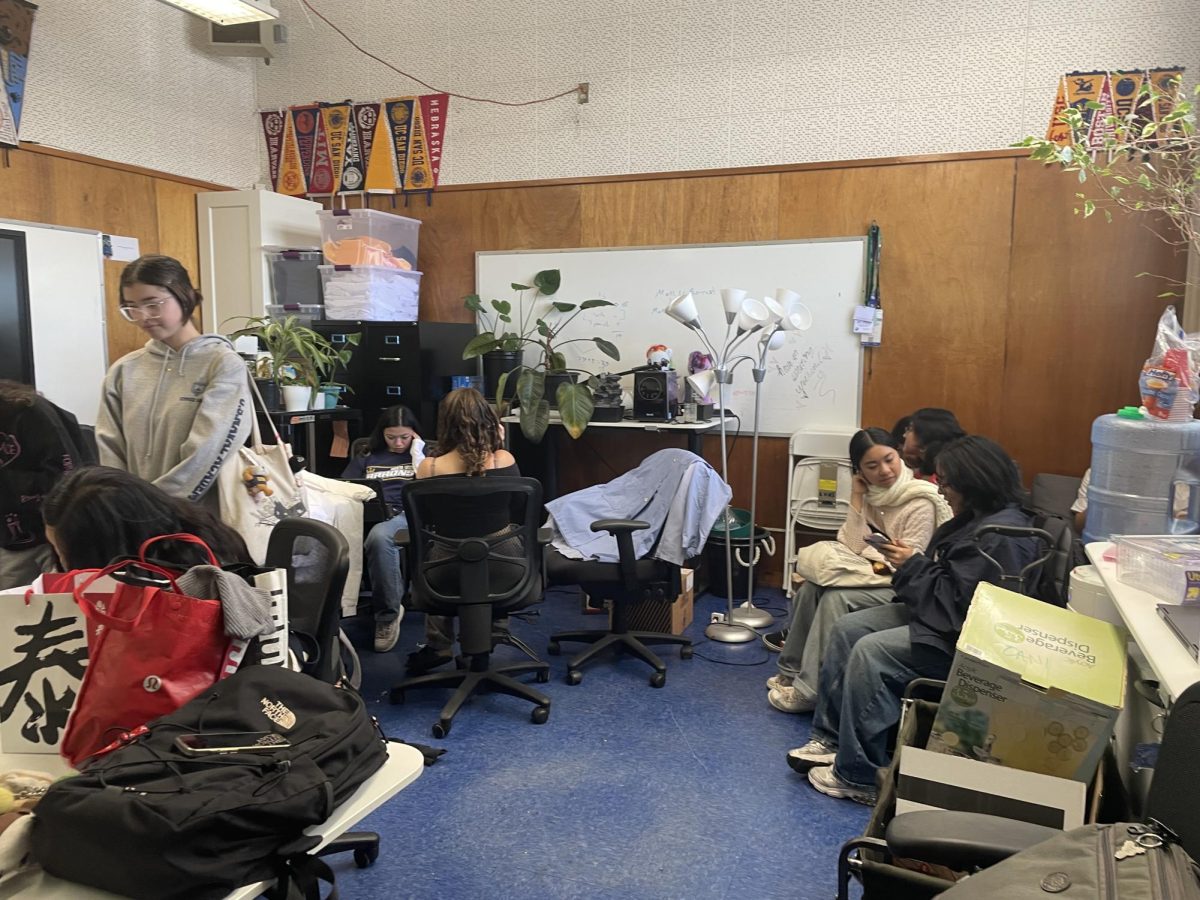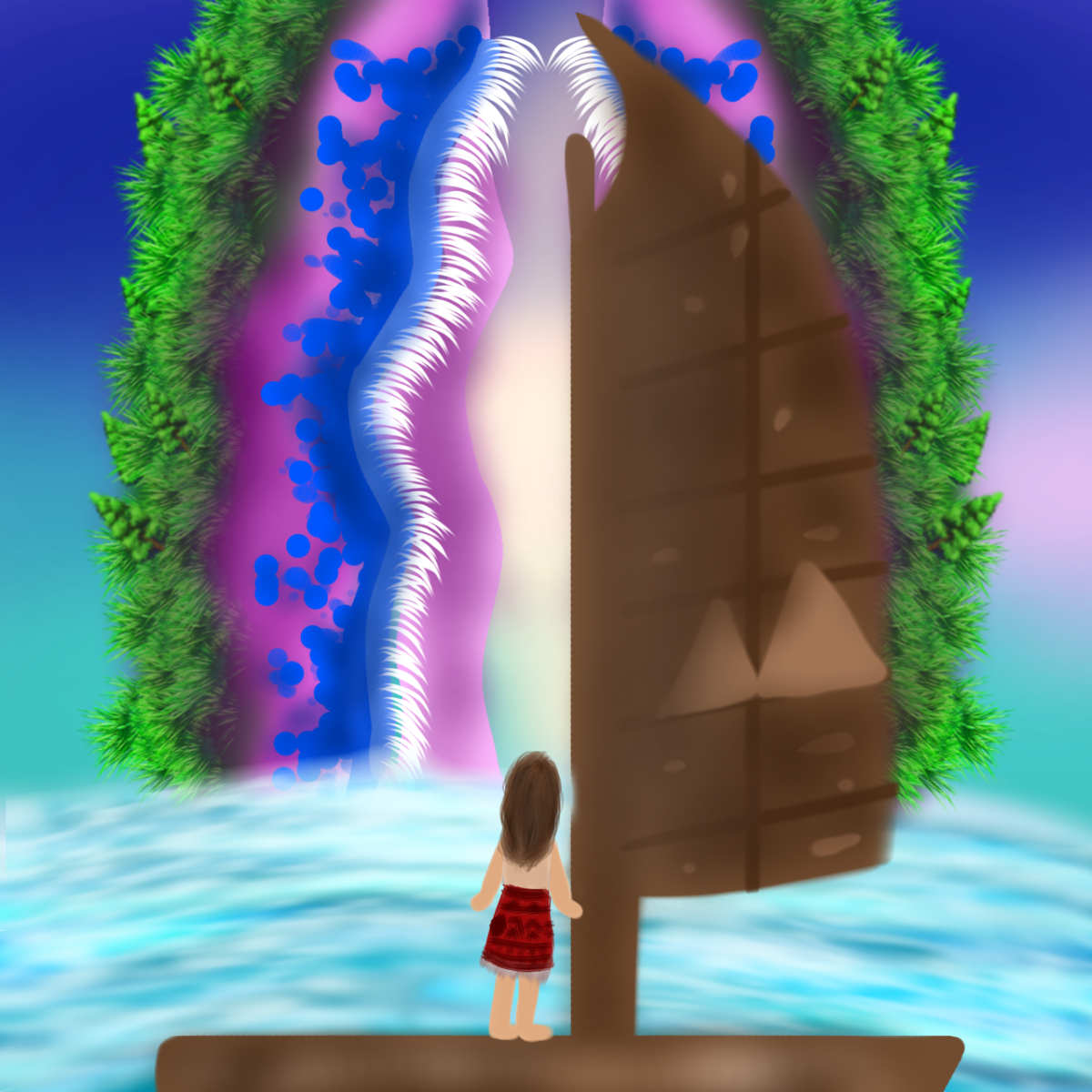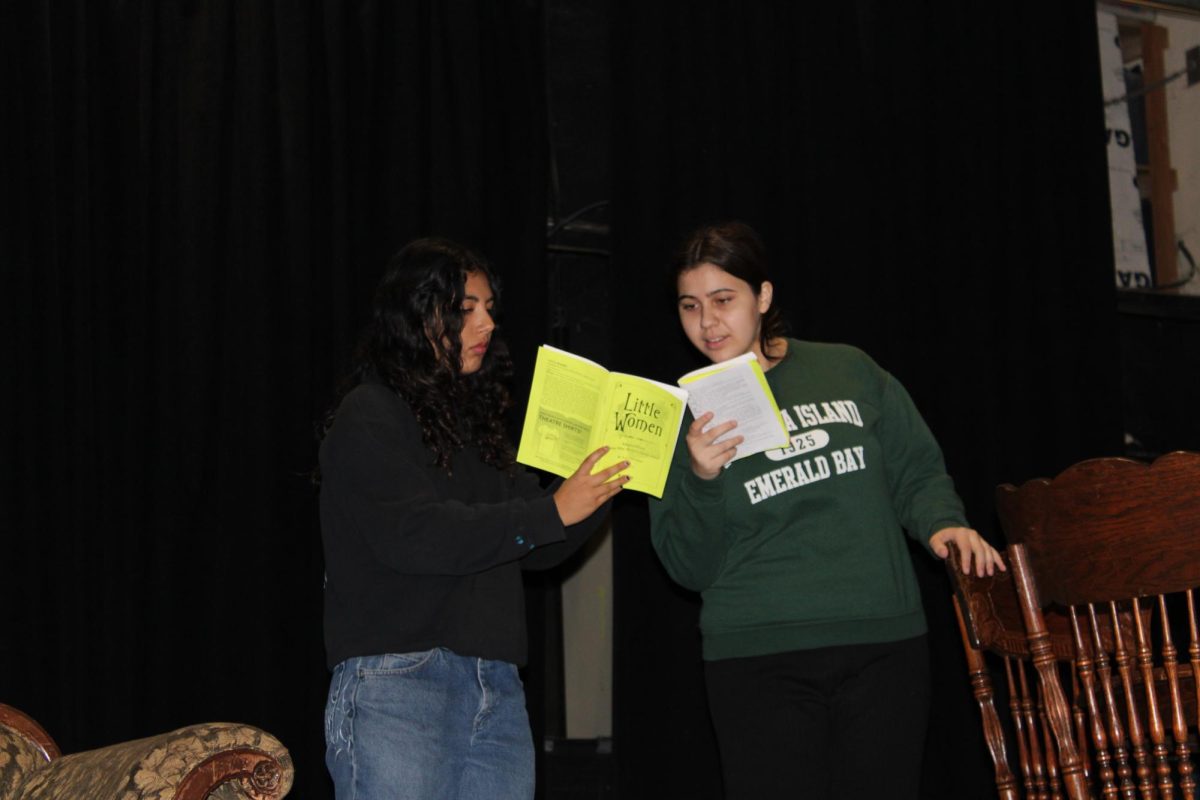Whenever a beloved novel is adapted into a movie, fans brace themselves for the inevitable comparisons between the two. Such was the case for It Ends with Us, the best-selling novel by Colleen Hoover, which captured readers with its raw emotional depth, complex characters, and a deeply personal exploration of love, trauma, and resilience. The movie adaptation faced the daunting task of translating the novel’s intricate and emotionally charged storyline into a two-hour visual narrative.
The power of It Ends with Us as a novel lies in its ability to pull readers deep into the protagonist–Lily’s, played by Blake Lively–internal world. Much of the emotional weight of the story is carried by Lily’s internal struggles—her reflections on love, her painful memories, and her gradual realization of the cyclical nature of abuse, from the domestic abuse she experienced at the hands of her father to the abuse she denies is happening in her personal life. In the book, readers spend hours with Lily’s thoughts, slowly unpacking her traumatic past and conflicted feelings about her present relationships with Ryle, played by Justin Baldoni (her significant other) and Atlas, played by Brandon Sklenar (a boy from the past). This intimate connection between character and reader is one of the novel’s greatest strengths and is difficult to replicate in film.
Books, by nature, provide space for introspection, allowing readers to dwell on characters’ emotions and motivations over time. In It Ends with Us, readers feel the intensity of Lily’s journey, which is deeply personal and nuanced. It is this depth that makes the book resonate so strongly with readers.
When translating this depth into a movie, the filmmakers were met with a familiar challenge: how to visually convey such an emotionally rich and introspective story. The result, while visually appealing and faithful to the novel’s plot points, inevitably lacks the same level of emotional immersion that the book provides.
The movie largely captures the external drama of the story, but the emotional subtleties and Lily’s internal dialogue—the very things that made the book so powerful—are harder to depict on screen. Key moments in Lily’s relationships with Ryle and Atlas, as well as her complex feelings about her abusive past, feel somewhat rushed and underdeveloped. While the film shows these moments through the actors’ performances and body language, it simply doesn’t have the same emotional nuance that readers experience in the novel.
As with many adaptations, the movie’s pacing is notably faster than the book, which is both a strength and a weakness. On one hand, the film manages to hit all the major plot points of the novel, making it a compelling drama for those unfamiliar with the original story. On the other hand, the movie’s faster pace means that some of the slower, more reflective moments in the book are glossed over or condensed, resulting in a narrative that feels less emotionally layered.
For fans of the novel, the condensed pacing may come across as a disservice to the story’s complexity. In contrast, to new viewers, the streamlined approach might actually make the movie more accessible and engaging, avoiding the slower buildup that some readers found in the book.
Despite its limitations, the movie adaptation of It Ends with Us shines in certain areas, particularly in its performances and visual storytelling. The cast, especially the actors portraying Lily and Ryle, bring a visceral intensity to their roles that adds a new layer to the characters. Ryle’s charm, mixed with his underlying darkness, feels more immediate and impactful on screen, while Lily’s vulnerability is captured beautifully by Lively. These performances elevate the film and give it a sense of immediacy that the book, with its reliance on introspection, cannot fully achieve.
Additionally, the film’s use of visual cues–cinematography, lighting and framing–enhances the emotional impact of certain scenes. For instance, the tension between Lily and Ryle is made more palpable through subtle body language and camera work, which can communicate discomfort and emotional conflict in a way that is sometimes more powerful than words. The visual medium allows for a different kind of storytelling, one that adds a layer of tension and immediacy to the drama that the book does not always deliver as quickly.
Ultimately, It Ends with Us as a movie is a solid adaptation, but it highlights the inherent limitations of transforming a deeply introspective novel into a visual medium. The novel’s greatest strengths—its emotional depth and the intimacy of Lily’s internal journey—are hard to fully replicate in a film that must rely on action, dialogue, and visual cues to convey the same story. Fans of the book will likely feel that the movie lacks some of the emotional variation that made the novel such a powerful read.
However, for viewers who have not read the book, the movie stands on its own as a compelling and emotionally charged drama. It captures the essence of the story and brings it to life. While the film may not provide the same emotional resonance as the novel, it offers a new way to experience It Ends with Us, one that is driven by strong performances and visual storytelling.
In the end, whether one prefers the book or the movie adaptation of It Ends with Us will depend on what they value most in storytelling. The book offers emotional depth and a slow-burn narrative that allows readers to fully immerse themselves in Lily’s world. The movie, on the other hand, delivers a more immediate and visually impactful experience, driven by strong performances and atmosphere.
Neither outshines the other; rather, they offer different interpretations of the same story. The novel will remain the definitive version for many fans, but the movie adds a new layer to the story, offering another way to experience It Ends with Us—just not quite the same way as reading it.

